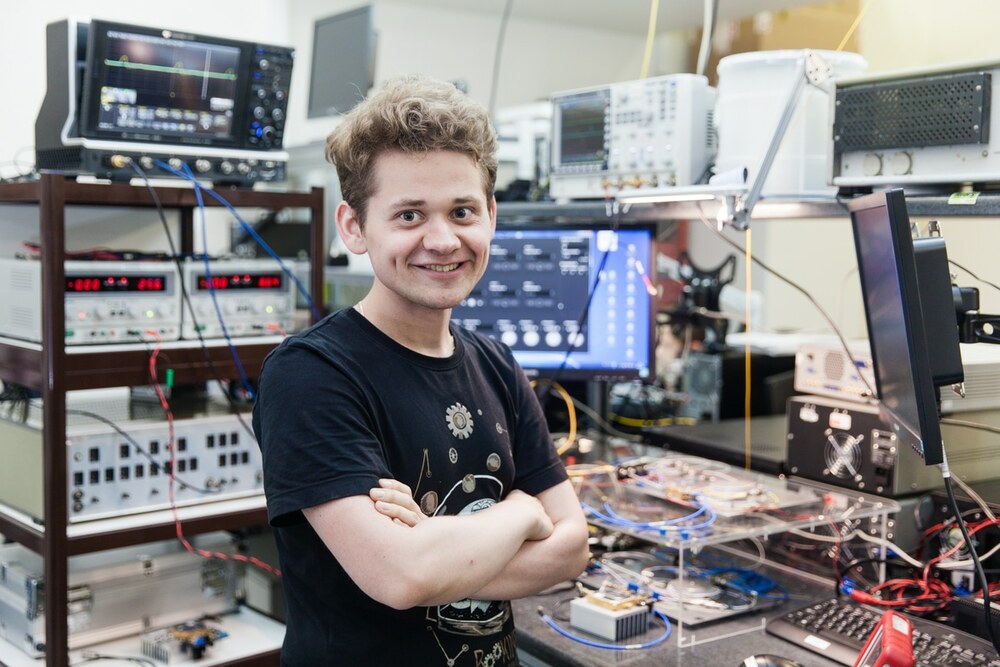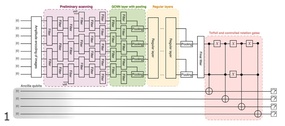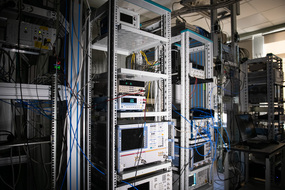Russian physicists from NUST MISIS, the Russian Quantum Center and Lomonosov Moscow State University have presented a method for highly accurate classification of 4 classes of images. The technology is based on the quantum convolutional neural network architecture. To do this, scientists have improved the structure of the quantum circuit and the model of the quantum perceptron, which shows how the brain perceives information and is necessary for the neural network’s learning process. An article on quantum machine learning research is published in Frontiers in Physics.
Neural networks are now commonly used to solve a wide range of computational problems. At this stage, the power of classical computers stop growing — this means that a new approach to training neural networks is necessary for the development of machine learning.
Due to the ability to manipulate huge amounts of data quantum processors, in future, can allow the implementation of quantum machine learning. With the transition of machine learning to quantum computers, part of the processes can accelerate several times, and the other part — millions of times. It means that quantum neural networks will be faster and more efficient than the conventional ones.
Machine learning methods are already actively used in quantum computing research, for example, in image classification, which is the main task in creating computer vision.
“Suppose you have several images and you need to classify them somehow. In other words, the computer should look at the image and assign it one of the tags. Of course, the computer does not see the image itself, it only sees a huge grid of numbers. In this case, the machine learning method, which uses a large database, learning from them and finding some patterns in the images submitted for input, will help to categorize the images. We are solving this problem with the help of quantum machine learning, which is based on quantum neural networks and we see the potential for the development of this approach,” said Alyona Mastyukova, junior researcher at the NUST MISIS Quantum Information Technologies Laboratory and Russian Quantum Center.
Quantum convolutional neural networks (QCNNs) are a series of convolutional layers or sequences of quantum operations alternating with fusion layers that together reduce the stored information size while maintaining important dataset functions.
Russian physicists from the Quantum Information Technologies Laboratory at MISIS University, together with the colleagues from the Russian Quantum Center and Lomonosov Moscow State University, have been the first in the world to present a method of multiclass classification of
“For the first time, we have implemented the proposed approach to the problem of classifying 4 classes of images — handwritten numbers and clothing items, using eight qubits for encoding data and four auxiliary qubits. The corresponding machine learning procedure was implemented as a hybrid quantum-classical (variational) model. This approach can be implemented both on emulators and on real quantum processors. Quantum machine learning is one of the most interesting applications of quantum computers,” explained Alexey Fedorov, Head of the Quantum Information Technologies Laboratory at NUST MISIS and Russian Quantum Center.
The obtained results show that accuracies of the solution are similar to classical convolutional neural networks with comparable numbers of trainable parameters
Scientists are planning to make further perceptron optimization more effective, so that the problems of classification are solved significantly faster than via the classical methods.
Fig.1. General structure of the proposed quantum neural network structure consisting of several steps: Preliminary scanning using n-qubit filters, pooling, and regular layers.






